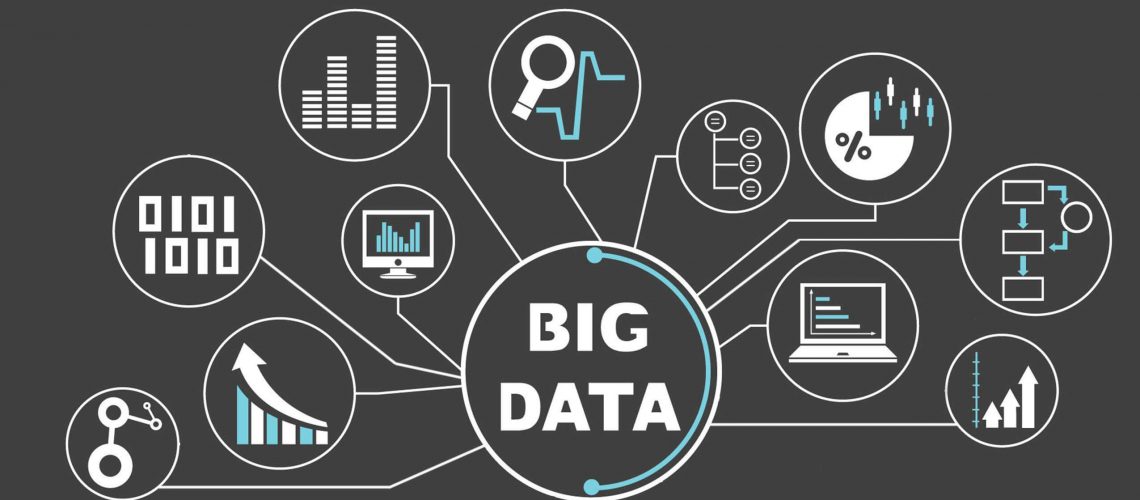Big Data allows organisations to reduce the cost and simplify the data taken from the source, and converting it into actionable insights. Big data analytics allows the examination of voluminous data to obtain actionable insights about market trends, correlations, customer trends, preferences and other useful analysis. Successful use of analytics depends completely on what business processes or activities they might impact, and what particular business outcomes they can provide.
Many businesses and organisations are focusing on identifying and prioritising the analytics most relevant to achieve business goals.
Advantages of Big Data Analytics
Big Data Analytics help companies examine data to identify and explore new opportunities, make strategic plans, decision-making, streamlined operations, improve bottom-line results, and deliver customer satisfactorily.
- Cost Reduction: Big Data technologies such as cloud-based analytics provide advantage when it comes to storing large amount of data and also, they can identify better ways of doing business. Hence, cost gets reduced.
- New Products and Services: Big Data Analytics empowers organisations to create a blueprint for designing and developing new products and services based on customer preferences and feedback.
- Better, Faster decision-making: Analytics allow the analysis of new data source, and so the businesses are able to analyse data immediately – and make decisions based on what they have learned.
Type of Big Data Analytics
- Prescriptive Analytics: Focused to help you find the best course of action for a given situation. Prescriptive analytics is related to both descriptive and predictive analytics. It uses optimization and simulation algorithms to provide possible outcomes of a given situation. Prescriptive analytics comes across as the perfect analytics tool when it comes to leveraging a future opportunity or minimizing a future risk. In practice, prescriptive analytics can process new data to improve accuracy of predictions, eliminating guesswork and providing better decision options.
- Predictive Analytics: With a variety of statistical algorithms, modeling, data mining and machine learning techniques, Predictive Analytics aims to identify the future outcomes based on historical data. Predictive analytics aims to forecast the likelihood of what might happen in the future; however it cannot predict the future. Several businesses right from medium-sized to large enterprises are turning to predictive analytics to improve bottom line results and competitive advantage. In today’s highly volatile markets, businesses can gain the much needed competitive differentiation by discovering insights about the future.
- Descriptive Analytics: Descriptive Analytics is the simplest and the most basic form of analytics to find out the reasons behind success or failure in the past. Descriptive analytics is a preliminary stage of data processing providing historical data to gain useful information for further analysis. The ‘Past’ refers to any particular time in which an event had occurred to understand how they will impact future outcomes.
Big Data Implementation
Mentioning few business that have successfully implemented Big data and Big Data Analytics across diverse industries.
- Retail: Data helps us understand not only how customers are buying, but also data analytics will help this become even more accurate. The retailers are utilizing data-first towards understanding the buying behavior of customers, syncing with products, and planning marketing strategies to sell their products to register increased profits.
- Healthcare: Hospitals are now increasingly using Big Data in healthcare to provide the best clinical support, reduce the cost of care measurement and manage the population of high-risk patients.
- Insurance: Big data analytics offers comprehensive understanding of customer behaviors from various sources to anticipate future behaviors, offer relevant products and identify the right segmentations.
Challenges in Implementation
With every Big thing there comes challenges;
- Big Data Security: One of the biggest challenge of procuring Big data is its security. SUch highly sensitive and important data can be attractive to hackers. Many organisations are adopting additional security measures such as identity and access control, encryption, and data segmentation.
- Lack of Talent: The classic, demand never meets supply is applicable here as well. Data scientist are required in most of the companies, especially in auto and industrial equipment. Companies often need forelook the practical advantage of borrowing, buying, or building analytic talent to develop the capabilities they need.
- Operational Issues: There are several issues when it comes to Big Data Analytics. On ground, the mentality of an employee to rely more on actionable data generated by analytics and not on intuitions, also incorporating this into high level decision-making processes.
With Big Data Analytics, the shift is now from processing the data to extracting actionable insights from the data. Faster availability of the Big Data allows the decision makers to focus on the budget, the discovery and development of new business opportunities, and performance of the blueprint.
Big Data and Big Data Analytics are way ahead of all the things that makes a good marketer rely on. It is here to revolutionize industries from the foundation itself.

